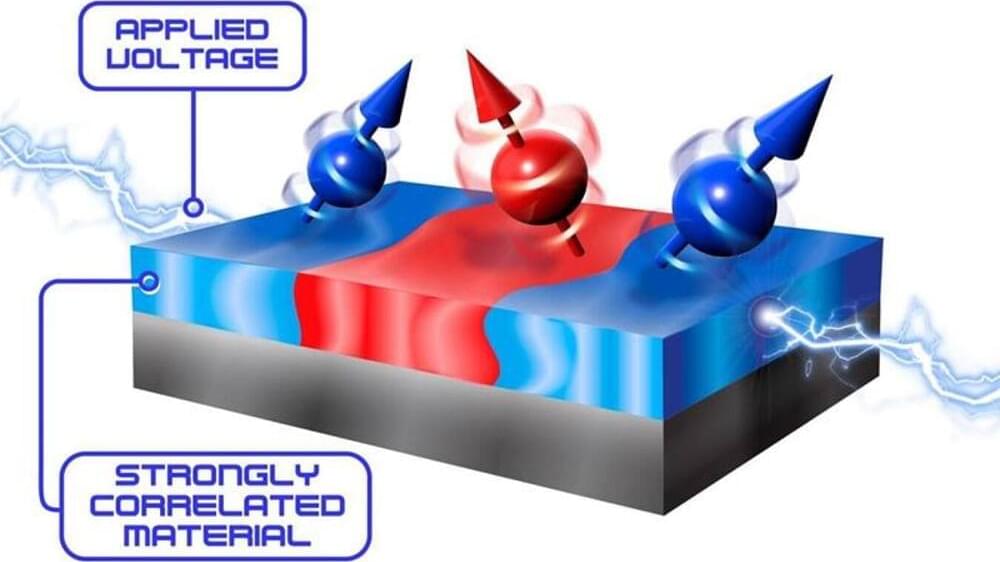Starbase #Starship #SpaceX
Join us for LIVE coverage from Starbase, Texas of SpaceX’s 7th Flight Test of Starship including the SECOND CATCH ATTEMPT.
Pad : OLP-1 location : starbase, texas, USA rocket : starship. booster : TBD ship : TBD
– — – — – — – — – — – — – — – -
OUR MISSION: Our mission is to inform and inspire the explorers of tomorrow; because space is better together.
– — – — – — – — – — – — – — – -
SUPPORT OUR WORK: Consider becoming a TLP Member and go behind the scenes at TLP!
https://www.patreon.com/thelaunchpad.
https://www.youtube.com/thelaunchpad.
– — – — – — – — – — – — – — – -






